A long time ago, not long after liberation, Mr. Chau Oanh Si (born in 1959) from Soc Trang came to live in Van Giao commune (now An Cu commune). The population was sparse, only a small house was found far away. Roughly calculating, the number of palm trees was more than the number of people. Without anyone telling anyone, young men just aimed at this type of tree to make a living. The "capital" for the job was just a fearless stomach!
Mr. Si starts his day by collecting palm sugar.
That’s because the palmyra palm is related to the coconut tree, its trunk is rugged but it’s not easy to cling to. The biggest fear of the workers is encountering weak leaves, grabbing them will cause them to fall to the ground, leaving their lives to chance. Or more commonly, the bamboo base will rot, causing the entire body’s center of gravity to suddenly become unstable.
“Dai” is simply a bamboo ladder, attached to the palmyra palm tree, making it easier for people to climb. Skilled people order bamboo from the village, choose the old tree with straight trunk, and buy it. The price is a few tens of thousands of dong/tree, and it can be used for up to 2 years.
But we must not be subjective, because the bamboo platform has to endure the sun and rain day after day, rotting from the inside, which is difficult to see with the naked eye. Not far away, just last month, Mr. Si fell from a 5-6m high tree to the ground, dislocated his arm, his face was swollen, and he had to temporarily "hang up his sword".
“Palm sugar was cheap a few decades ago, about 2,500 VND/kg. Anyone who was good at it could cook 20-30 kg/day. Life in the countryside was difficult, so everyone gathered to do whatever made money, there weren’t many options. I didn’t know how to climb trees to get honey, so I just watched other people do it and imitated it.
When young, their limbs are strong, they can hold on to the tree trunk firmly, pull a short rope around their feet, and in ten steps they can reach the top of the tree. When older, they climb using bamboo platforms, keeping a firm stance while climbing. Almost every palmyra climber has fallen from a tree, the only difference is the severity,” Mr. Si sighed.
Mr. Chau Cop is proficient in the work of collecting palm honey.
But the profession has never been unfair to those who are dedicated to their work. Early in the morning, before dawn, he would carry a few plastic cans to the palmyra palm field, climbing from tree to tree until the sun was too strong for him to climb down and go home to rest. After lunch, he would carry his carrying pole back to the field, looking for honey until the afternoon sun faded.
He worked hard climbing 30 trees a day, collecting 120 liters of honey, bringing it home for his wife to cook. Every 30 liters of fresh honey can cook 4 kg of sugar. Customers buy it for 27,000 - 28,000 VND/kg. After deducting the cost of burning rice husks, he pocketed 10,000 VND/kg. Working for profit, not too much, but not too poor.
Palm trees produce water all year round, so workers do not have to worry about unemployment. The only thing is that in the sunny months, there will be much more water. During Chol Chnam Thmay season, palm trees are in high demand, the demand for consumption in villages, communes, and pagodas increases, which is also the "golden season" for palm tree climbers. This type of tree grows well around the Bay Nui area, and when brought far away, it still grows tall but does not contribute honey to life.
The life cycle of a tree is from planting to 30 years before it gives water, so planting trees for business is something few people think about. If anything, the old palm fruit falls down, quietly grows into a tree, matures from the wind and rain. The landowner just "makes a fortune", renting the tree at market price. The expensive price is 100,000 VND/tree/year, the cheap price is "crowning" the whole field, no matter how many trees there are, it is roughly calculated at 1 - 2 million VND/area. In short, palm trees bring income to people, in one way or another. It is not an exaggeration to call it "heaven's blessing".
But strangely, if you collect honey every day, the tree will continue to produce honey the next day. Every day, people have to watch the time when the flower gives water to climb the tree to get water. Then, they use a knife to cut a new circle at the top of the flower and discard it, creating a new cut to continue collecting water. After a day of interruption, the water is much less.
Workers limit their days off, because if they take a day off, they will lose money and cannot make up for it the next day. Being so closely attached, they always remember the characteristics of each tree: male or female, good or bad water, how "temperamental and temperamental" the fruit is; whether the bamboo crown is ready to be replaced or not...
Then, from father to son. Before he could read and write, Chau Cop (born in 1986) already knew how to make palm sugar by following Chau Oanh Si to the fields.
“Among the four siblings, I am the oldest, so I had to help my parents with whatever work I could. Looking back, there was no job more suitable than collecting palm juice. At the age of 17, I officially started my career, climbing by myself, without my father. The first feeling was fear, shaking as I climbed. Up to now, I have been in this profession for 22 years, fallen twice, and my spine has been affected to some extent,” he said.
The cycle of life repeats itself, now the four children follow Mr. Cop to the palmyra palm field, watching their father climb trees with agility. The oldest is not yet 10 years old, the youngest has just learned to walk. When I asked, “What if the children want to follow the profession?”, he pondered for a few minutes.
Then he said: “For now, I will try to ensure that the children can go to school properly, wherever they go. If any child wants to follow the profession, I will teach them the profession, I cannot stop them. The profession is hard but it brings in money, and it is also a way to stay connected to the homeland. Maybe in the future the children will know how to improve, make palm sugar scientifically , with less effort, and more productive…”
Article and photos: GIA KHANH
Source: https://baoangiang.com.vn/vuon-tay-lay-mat-cua-troi-a425246.html


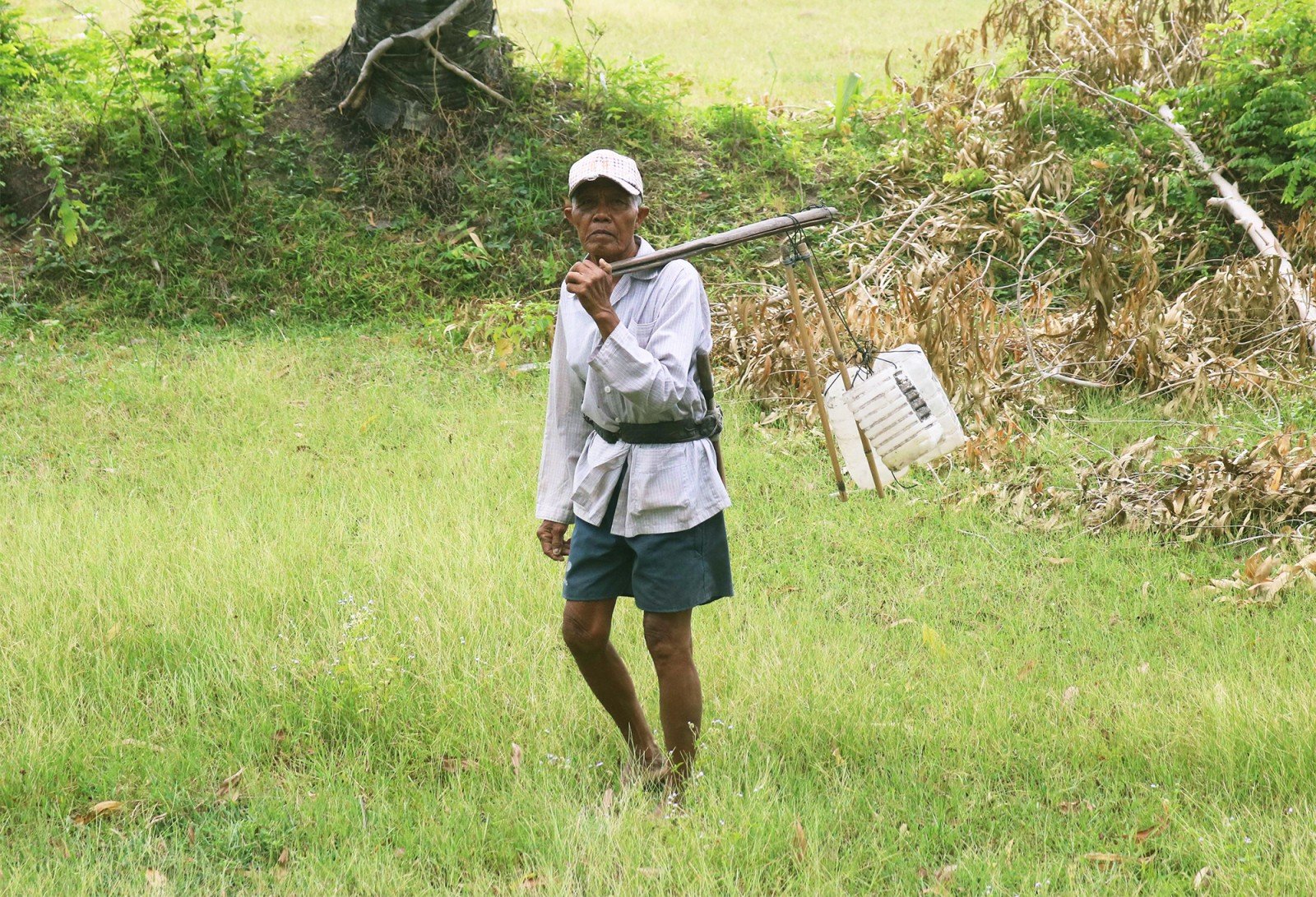
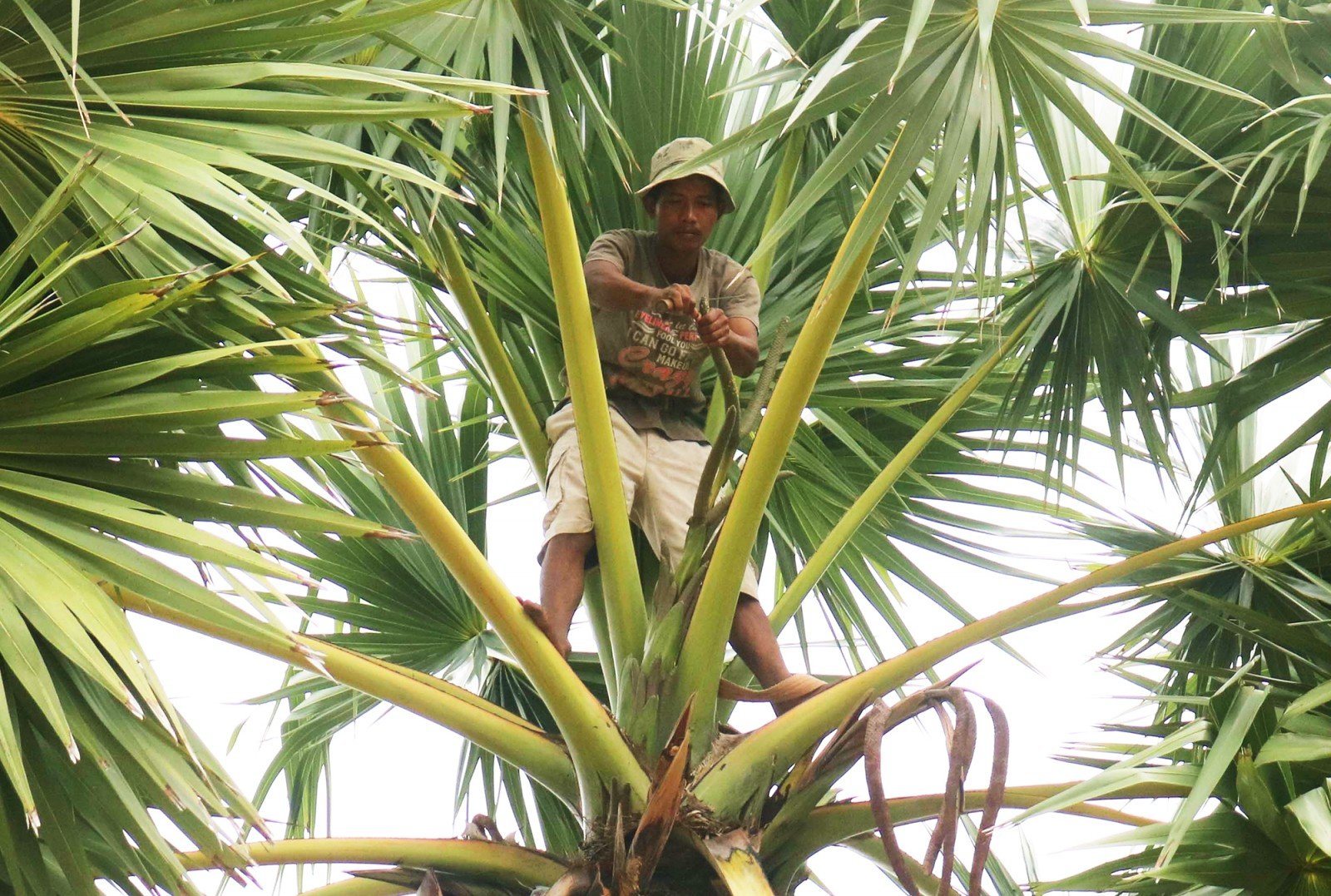



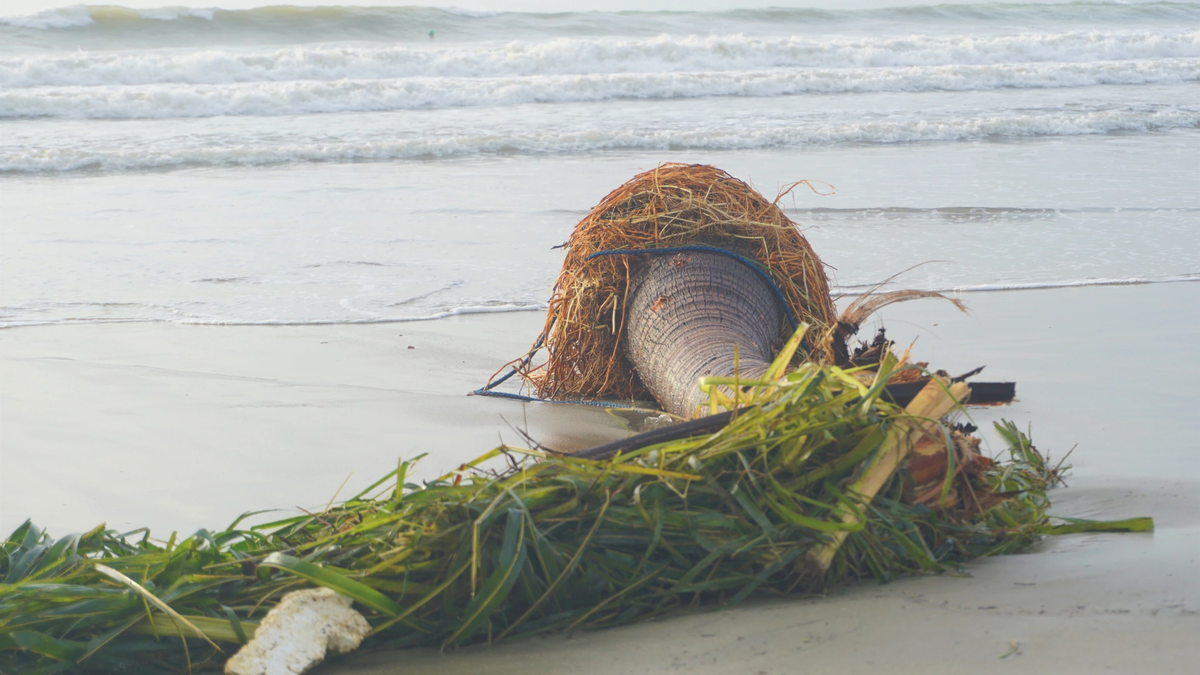
![[Photo] Da Nang: Hundreds of people join hands to clean up a vital tourist route after storm No. 13](https://vphoto.vietnam.vn/thumb/1200x675/vietnam/resource/IMAGE/2025/11/07/1762491638903_image-3-1353-jpg.webp)




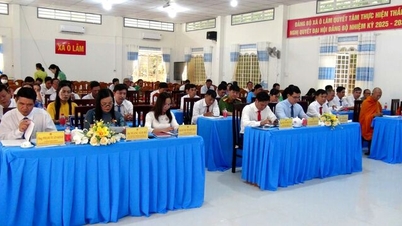
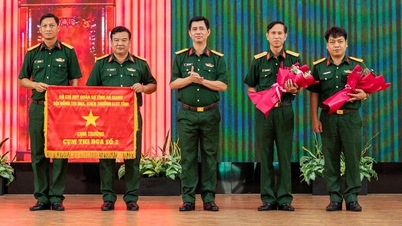
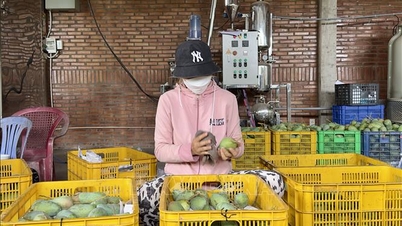



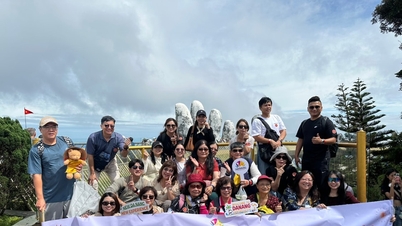

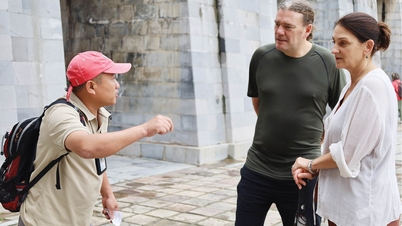

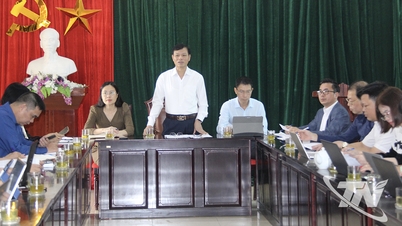

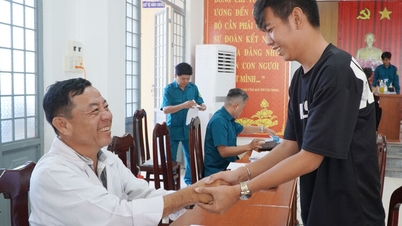
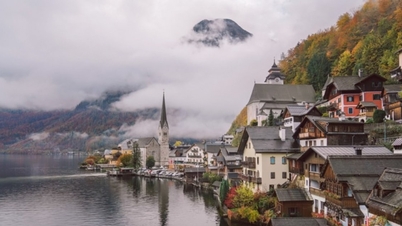



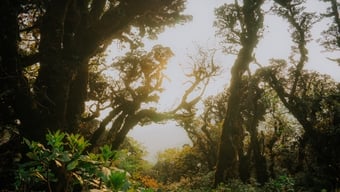


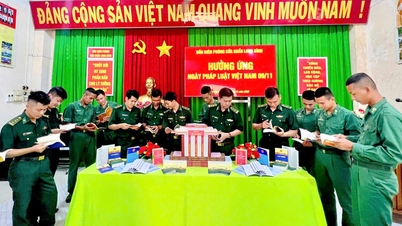
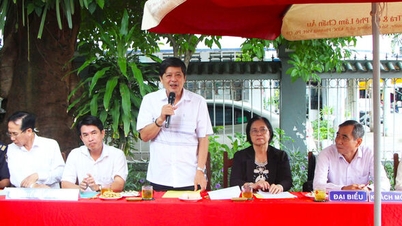
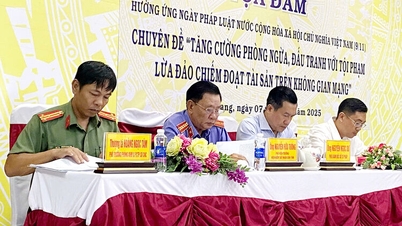
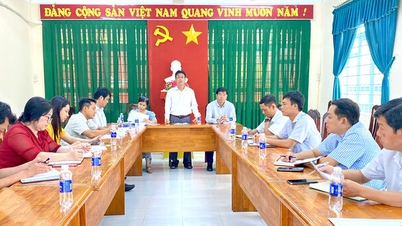

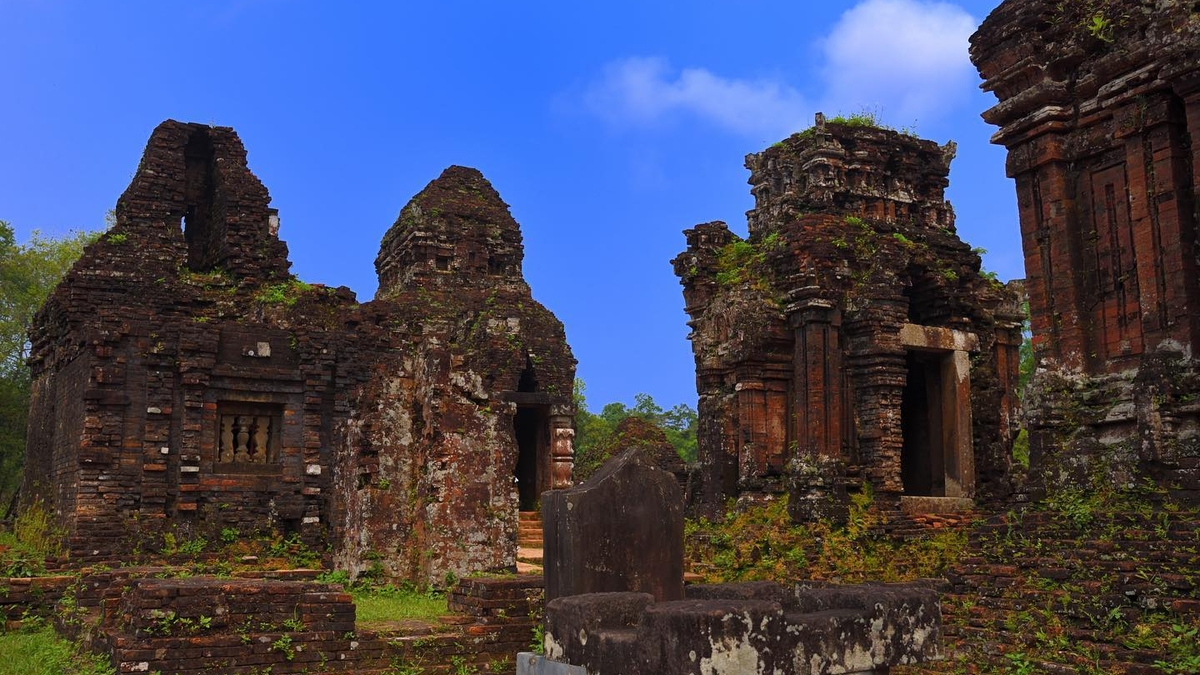
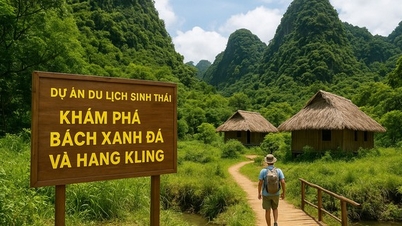





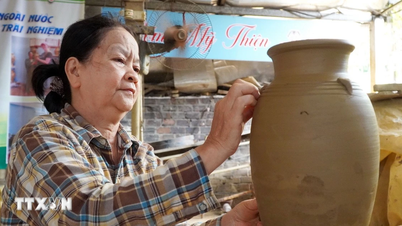












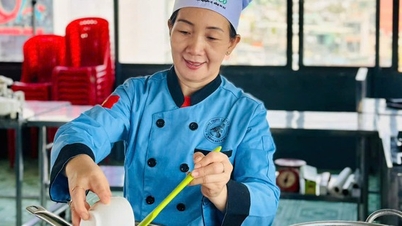


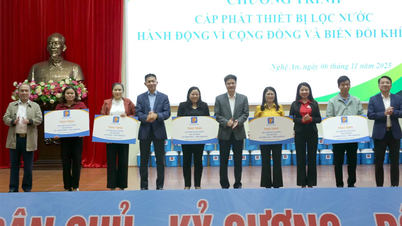



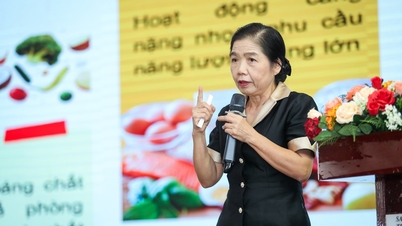


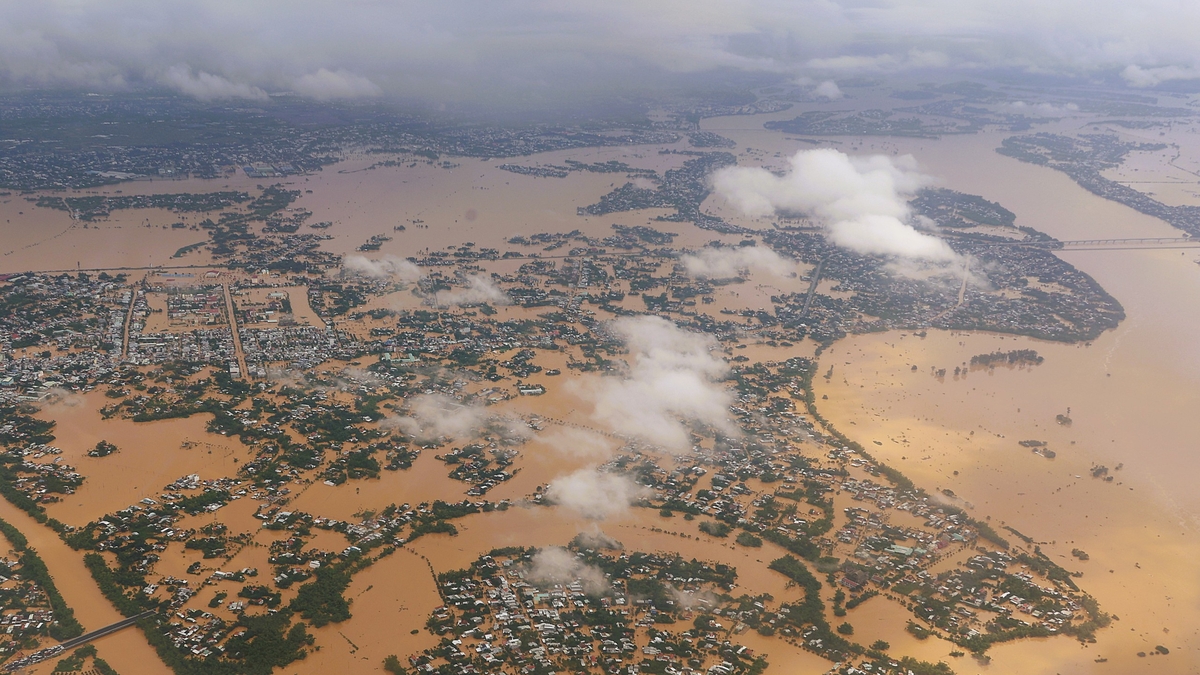



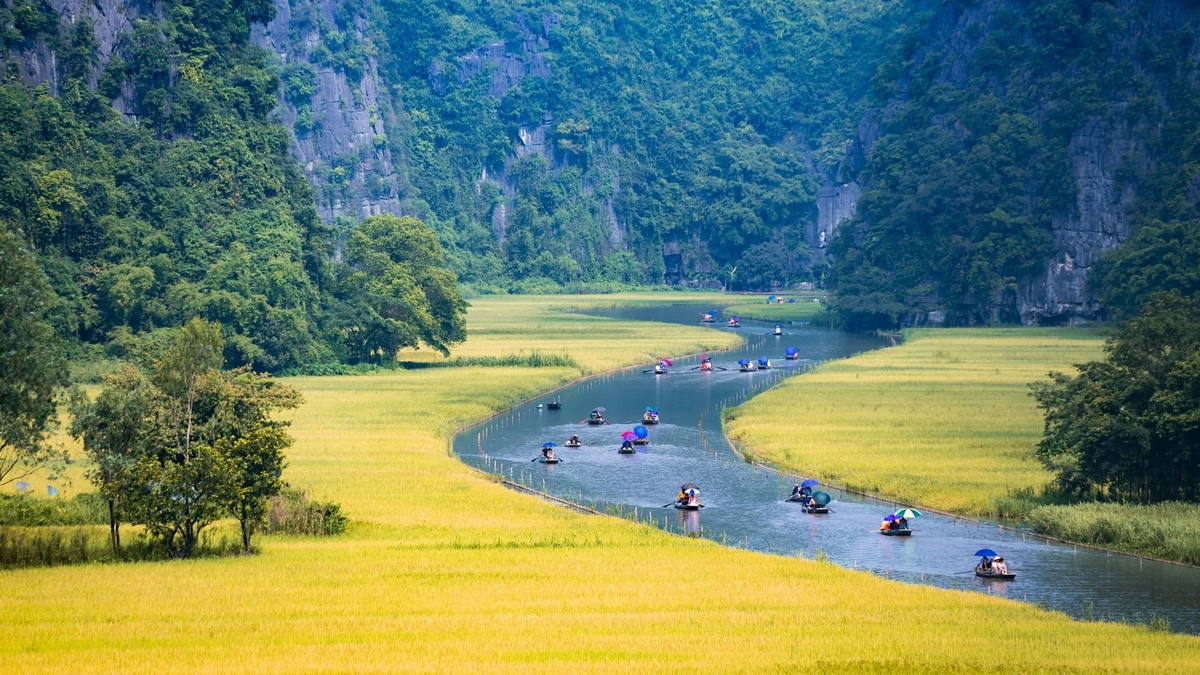
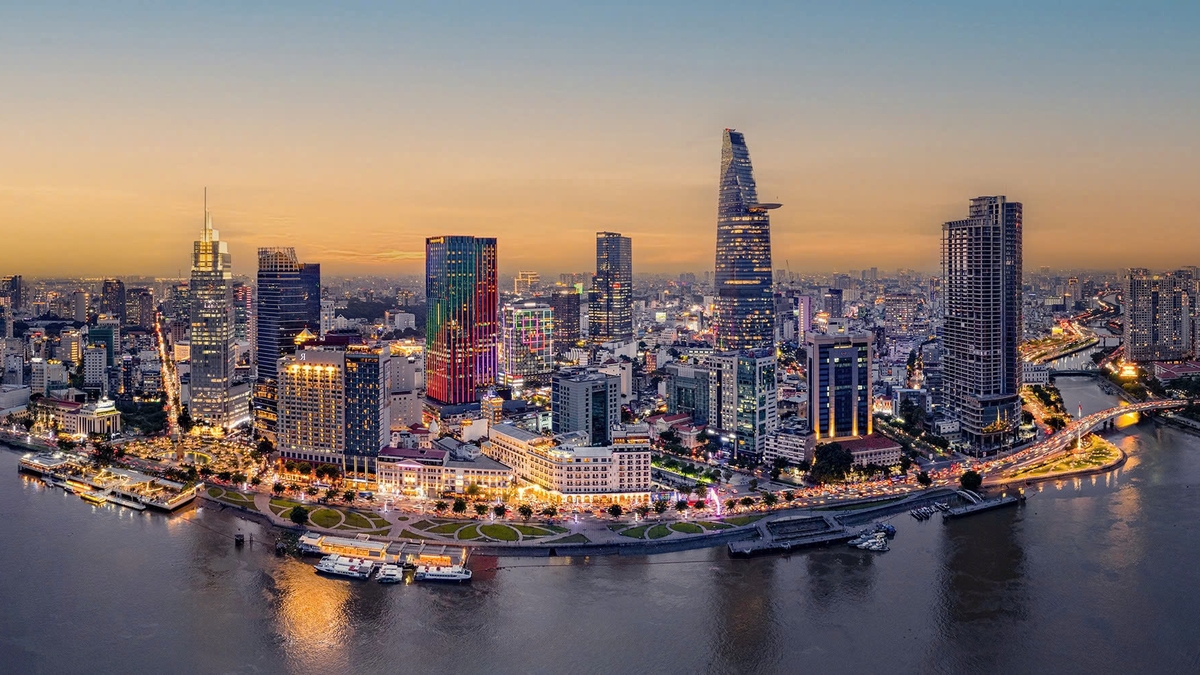


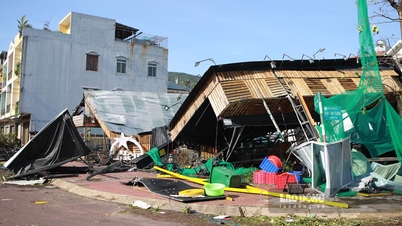

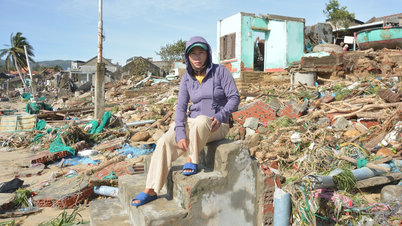

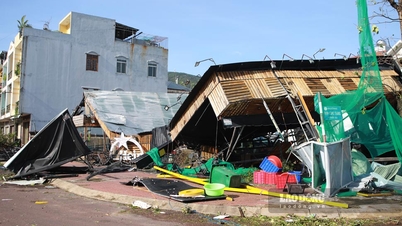



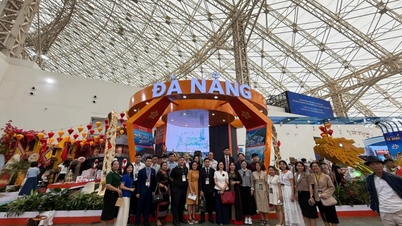











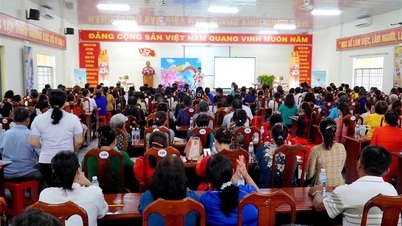

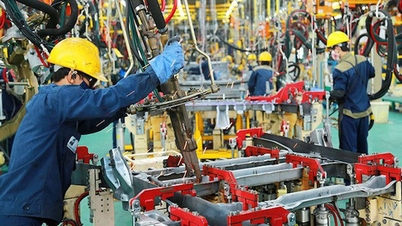













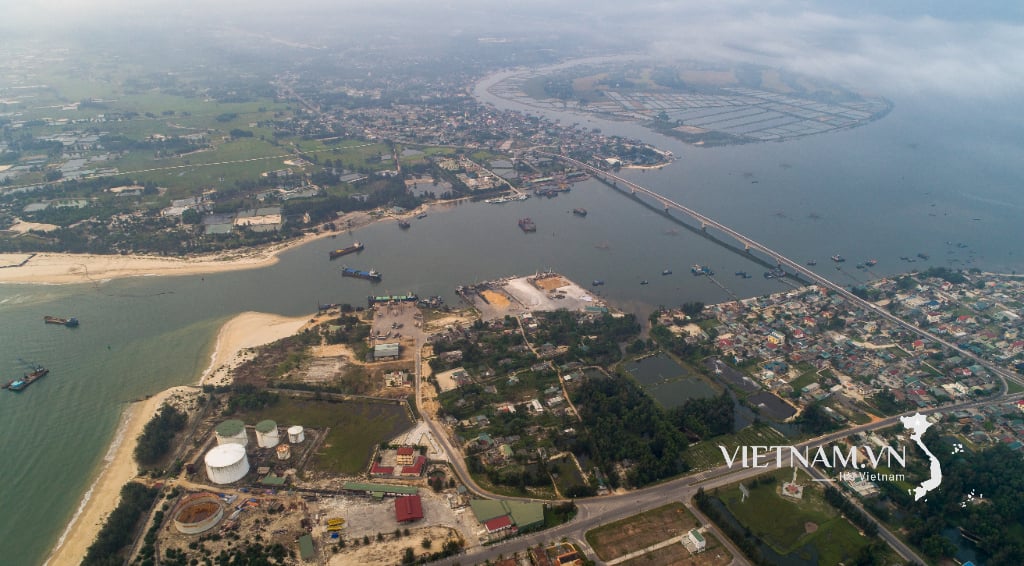

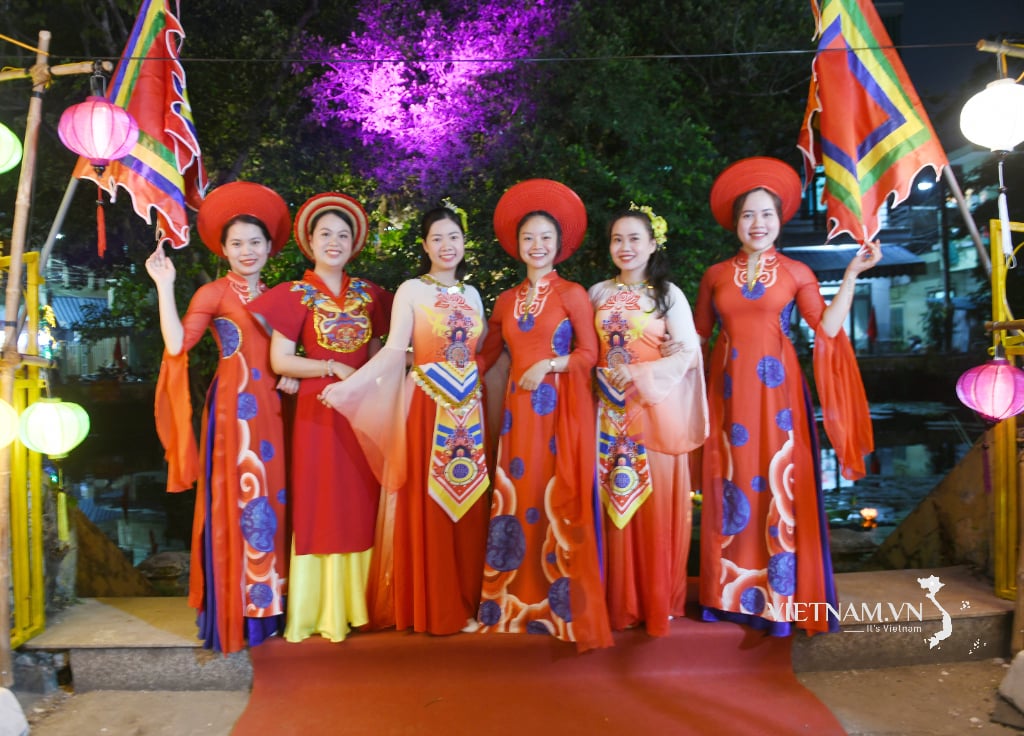
Comment (0)